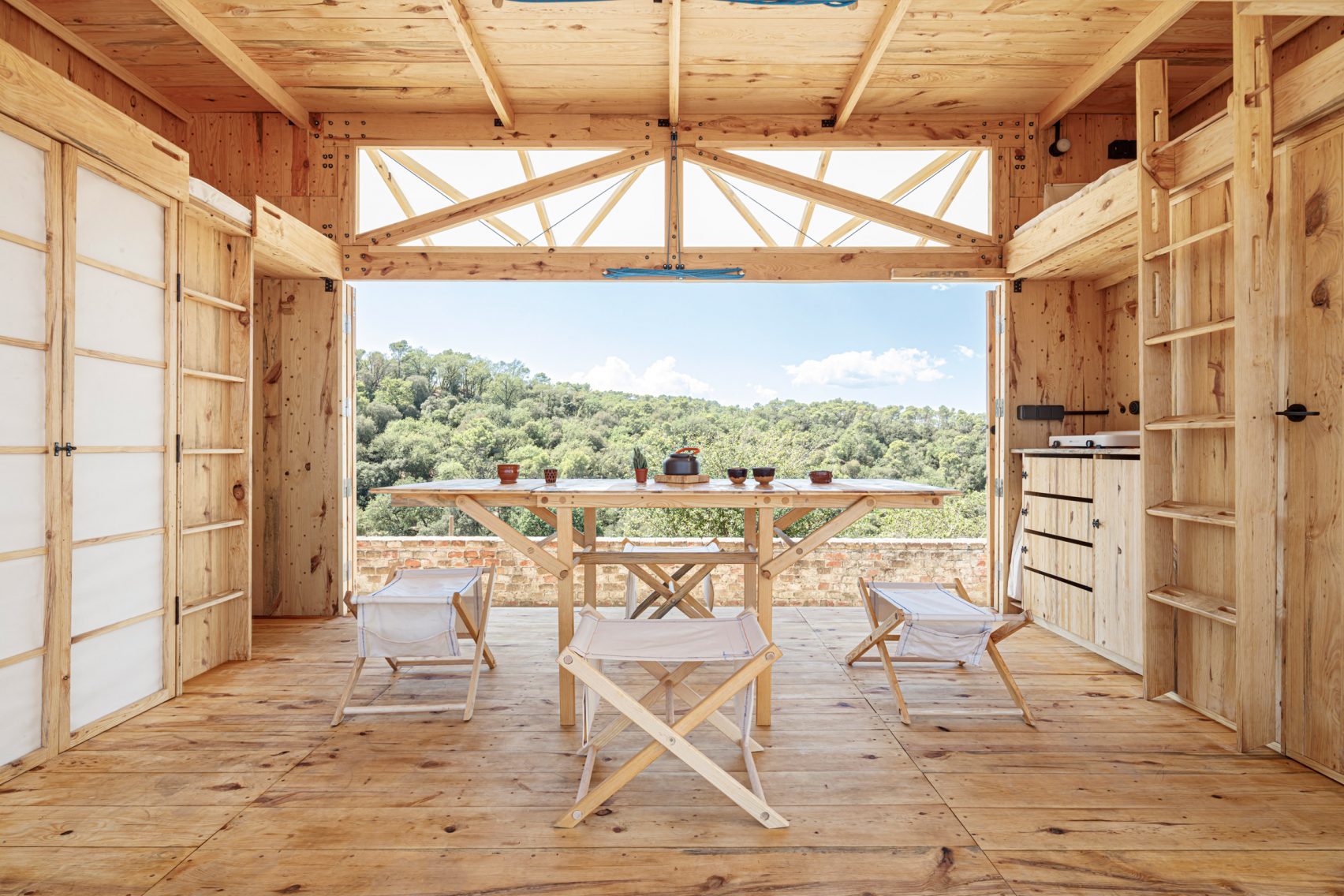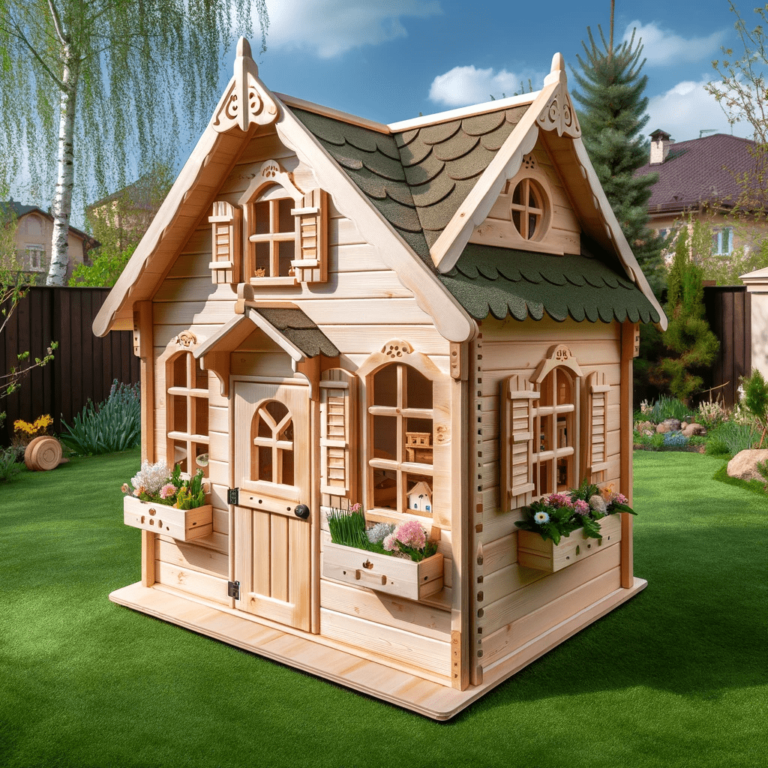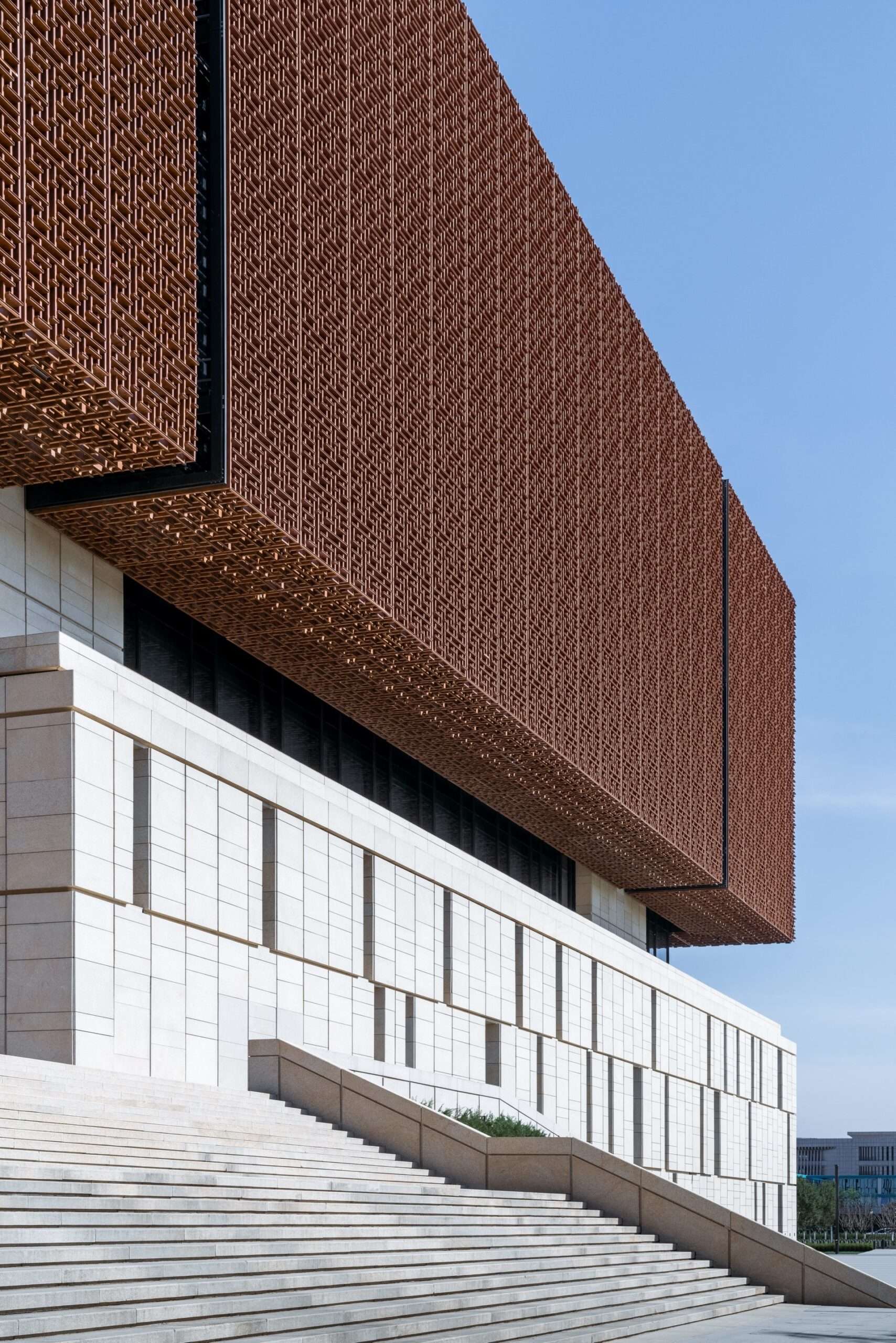In a remarkable display of sustainable design and innovation, students and researchers from the Institute for Advanced Architecture of Catalonia (IAAC) have built a mobile home in Barcelona, using locally sourced wood from Collserola Natural Park. Named Moca, short for Mobile Catalyst, this prototype two-person dwelling is designed for easy transport by car, mounted conveniently on a trailer.
An Ecological Approach to Mobile Living
Moca stands as a testament to the forward-thinking ethos of the Masters in Advanced Ecological Buildings and Biocities (MAEBB) course at IAAC. The project promotes ecological design through hands-on, live projects, pushing the boundaries of sustainable architecture. Moca was conceived and constructed at the IAAC’s Valldaura Labs, located within Collserola Natural Park, from where the timber for the project was sourced. This local sourcing not only reduced the environmental footprint but also highlighted the potential of using regional materials in construction.
Design and Functionality
The design of Moca centers around a flexible open space that can be adapted for various uses, including sleeping, living, dining, or even hosting events. This adaptability is enhanced by the facade’s innovative design, featuring folding timber-framed screens covered in white fabric. These screens allow the dwelling to be opened up completely, creating a seamless transition between the indoor and outdoor environments. Behind these screens, glass doors provide additional control over this interaction, ensuring comfort regardless of weather conditions.
“The folding panels allow multiple open-closed configurations on one or both sides, depending on the landscape in which it is inserted, be it a forest, a beach, or an urban environment,” explained Vicente Guallart, MAEBB co-director. He added that the lightweight nature of the fabric was crucial due to the weight limitations for road transport, allowing for effective solar radiation control without adding unnecessary bulk.
Structural Integrity and Sustainability
Moca is constructed using cross-laminated timber (CLT), a sustainable and robust building material. The students at IAAC produced the thin CLT panels themselves, ensuring the structure remained within the permissible weight limits for mobile structures. The use of wooden dowels for connections means that Moca can be easily deconstructed and recycled, emphasizing the project’s commitment to sustainability.
At each end of the central adaptable space are two “toolboxes” that contain utilities and storage, facilitating the transformation of the central area for different purposes. This innovative use of space makes Moca highly functional, meeting the practical needs of mobile living while maintaining a compact footprint.
A Platform for Future Ecological Design
The construction of Moca not only highlights the capabilities of IAAC’s students and researchers but also serves as a potential model for future mobile homes. The use of local materials, combined with a design that prioritizes adaptability and sustainability, provides a template that could be replicated or adapted for various contexts around the world.
“The challenge was to manufacture a mobile home with wood, using the materials and tools that we have at Valldaura Labs so that it met the requirements of a mobile construction at a regulatory and functional level,” said Guallart. This project exemplifies how educational institutions can drive innovation in sustainable architecture, providing students with real-world challenges that prepare them for future careers in ecological design.
Conclusion: Pioneering Sustainable Mobility
Moca represents a significant achievement in the realm of mobile and sustainable living. The collaborative effort between students and researchers at IAAC demonstrates the potential of combining traditional materials with modern design principles to create innovative, eco-friendly housing solutions. As the need for sustainable living solutions grows, projects like Moca pave the way for a future where mobility and sustainability are not just compatible but symbiotic.
By integrating sustainable practices with cutting-edge design, the IAAC continues to push the boundaries of what is possible in architecture. Moca, with its emphasis on local materials, adaptability, and ecological integrity, stands as a beacon of what the future of sustainable living could look like.

Photography: Adria Goula
Finally, find out more on ArchUp:







